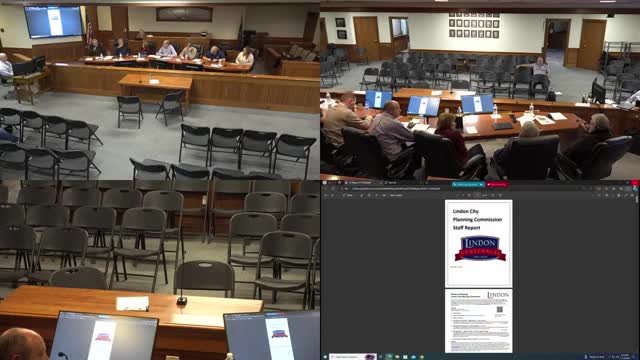Housing Costs Skyrocket Amid Development Challenges
November 12, 2024 | Lindon City Planning Commission, Lindon, Utah County, Utah
This article was created by AI summarizing key points discussed. AI makes mistakes, so for full details and context, please refer to the video of the full meeting. Please report any errors so we can fix them. Report an error »

In a recent government meeting, officials discussed the escalating costs of residential development, highlighting a significant increase in expenses over the past four years. A bank representative noted that development costs have surged from approximately $55,000 to over $100,000 per lot, raising concerns about the financial viability of projects and the potential for developers to run out of funds mid-construction.
The conversation revealed that while land costs are a factor, the overall expenses—including interest rates, permits, and impact fees—are driving up home prices, particularly for smaller homes on smaller lots. The representative emphasized that these costs are often passed on to consumers, making homes in the area more expensive compared to other regions, such as San Joaquin.
Officials also touched on the changing landscape of housing density, with discussions indicating that what was once considered high density—10 units per acre—is now becoming more common. This shift raises questions about the sustainability of such developments and their impact on local infrastructure, including traffic congestion.
A notable point of contention arose regarding the Thornton family's decision not to develop their property themselves. Questions were raised about the potential profitability of developing the land versus selling it as raw acreage. The meeting concluded with a broader discussion on the challenges of providing affordable housing in the current market, with some officials expressing skepticism about the feasibility of creating starter home communities in the area.
As the meeting wrapped up, participants acknowledged the ongoing challenges posed by state regulations and the broader housing crisis, indicating that these issues will continue to be a focal point for local governance.
The conversation revealed that while land costs are a factor, the overall expenses—including interest rates, permits, and impact fees—are driving up home prices, particularly for smaller homes on smaller lots. The representative emphasized that these costs are often passed on to consumers, making homes in the area more expensive compared to other regions, such as San Joaquin.
Officials also touched on the changing landscape of housing density, with discussions indicating that what was once considered high density—10 units per acre—is now becoming more common. This shift raises questions about the sustainability of such developments and their impact on local infrastructure, including traffic congestion.
A notable point of contention arose regarding the Thornton family's decision not to develop their property themselves. Questions were raised about the potential profitability of developing the land versus selling it as raw acreage. The meeting concluded with a broader discussion on the challenges of providing affordable housing in the current market, with some officials expressing skepticism about the feasibility of creating starter home communities in the area.
As the meeting wrapped up, participants acknowledged the ongoing challenges posed by state regulations and the broader housing crisis, indicating that these issues will continue to be a focal point for local governance.
View full meeting
This article is based on a recent meeting—watch the full video and explore the complete transcript for deeper insights into the discussion.
View full meeting

